Tube amplifiers: features and principle of operation
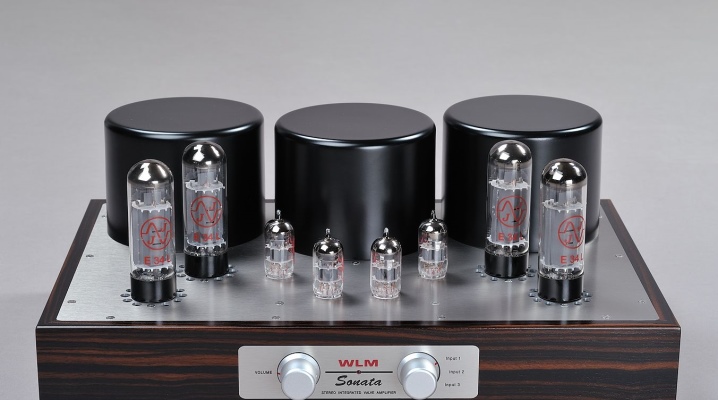
Many of us have heard about "tube sound" and wondered why music lovers from all over the world nowadays prefer to listen to music with them.
What are the features of these devices, what are their advantages and disadvantages?
Today we will talk about how to choose the right quality tube amplifier.

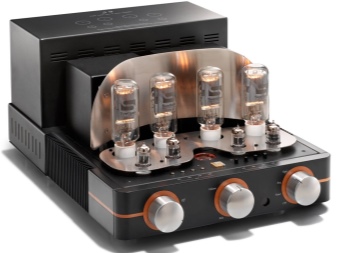
What it is?
A vacuum tube amplifier is used to increase the power characteristics of variable electrical signals using radio tubes.
Radio tubes, like many other electronic components, have a very rich history. Over the years from their creation to the present day, there has been a major evolution of technology. It all began at the very beginning of the 20th century, and the decline of the so-called "tube era" fell on the 60s, it was then that the latest development saw the light, and soon more modern and cheaper transistors began to conquer the radio market everywhere.
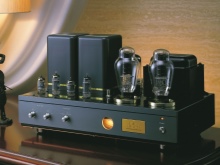
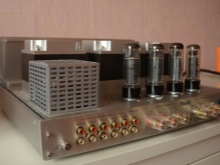
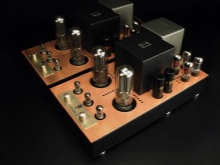
However, in the entire history of tube amplifiers, we are only interested in the main milestones, when the basic types of radio tubes and basic connection schemes were proposed.
The very first type of tube designed specifically for amplifiers was triodes. The number three in their name appeared for a reason - this is the number of active outputs they have. The principle of operation of the elements is very simple: between the cathode and the anode of the radio tube, a source of electric current is connected in series and the initial winding of the transformer is made, and the acoustics will already be connected to the next secondary winding. The sound wave is applied to the grid of the radio tube, at the moment when the voltage is applied to the resistors, a stream of electrons passes between the anode and cathode. The grid, placed between them, outputs this stream and, accordingly, changes the direction, level and power of the input signal.
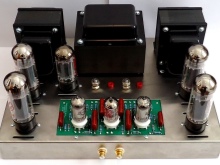
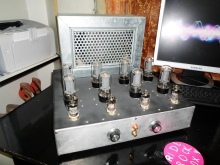
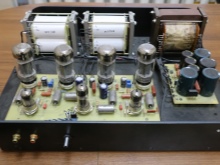
During the operation of triodes in various fields, a need arose to improve their technical and operational characteristics. In particular, one of them was the throughput capacity, the parameters of which significantly limited the possible frequency of operation of the radio tubes. In order to solve this problem, engineers created tetrodes - radio tubes that had four electrodes inside their structure, as the fourth was used a shielding grid inserted between the anode and the main control grid.
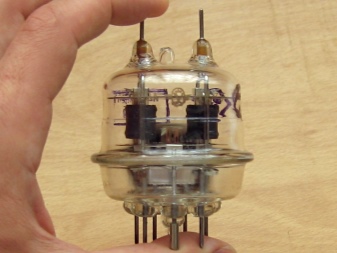
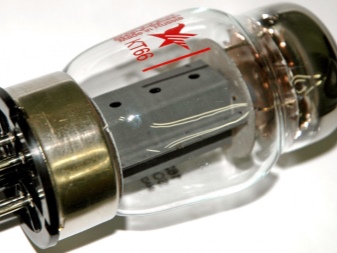
This design fully fulfilled the task of increasing the operating frequency of the installation.
This completely satisfied the developers at that time, their main goal was to create a device that would allow receivers to operate in the short-wave frequency range. However, scientists continued to work on the equipment, they used exactly the same approach - that is, they added another, fifth, mesh to the working structure of the radio tube and placed it between the anode and the shielding mesh. This was necessary in order to extinguish the reverse movement of electrons in the direction from the anode to the grid itself. Thanks to the introduction of this additional element, the process was suspended, thus the output parameters of the lamp became more linear and the power increased. This is how pentodes came about. They were used in the future.
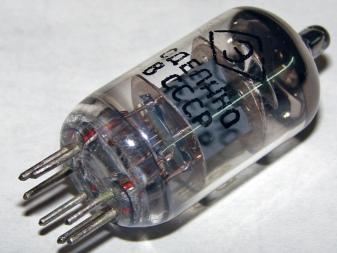
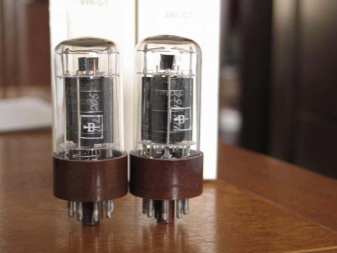
Advantages and disadvantages
Before talking about the advantages and disadvantages of tube amplifiers, it is worth dwelling in more detail on the myths and misconceptions that exist among music lovers.It is no secret that many lovers of high-quality music have doubts and are very distrustful of such devices.
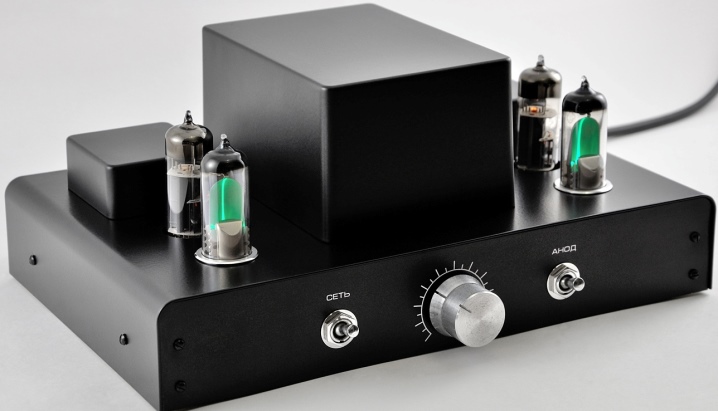
Myth 1
Tube amplifiers are fragile.
In fact, such a statement is absolutely not confirmed in any way. After all, you will not use a tape recorder of the 60s of the last century, but high-quality modern equipment, in the creation of which engineers pay special attention to the reliability of structural units. All elements used to create amplifiers pass the most stringent selection and are designed for active operation for 10-15 thousand hours, and if you use them without fanaticism, then such equipment will last almost forever.
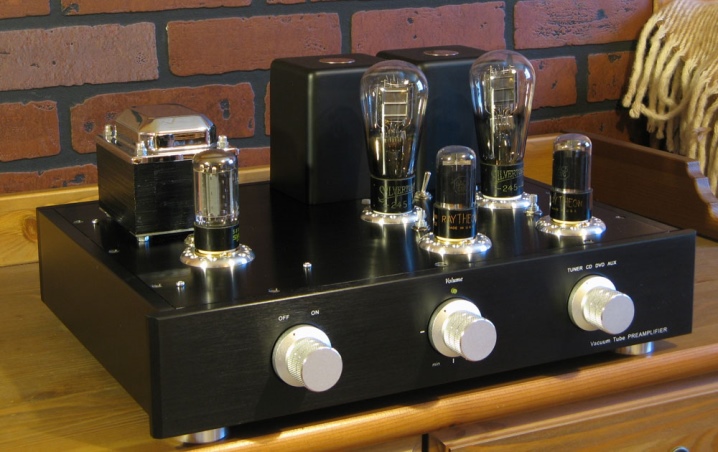
Myth 2
The tube has too little bass.
As they say, it was long ago and not true. The times when manufacturers saved on transformers are long gone, modern manufacturers use only high quality iron and high-tech approaches to composing their products.
Thanks to this, modern equipment maintains the frequency range in the corridor from several units to thousands of hertz.
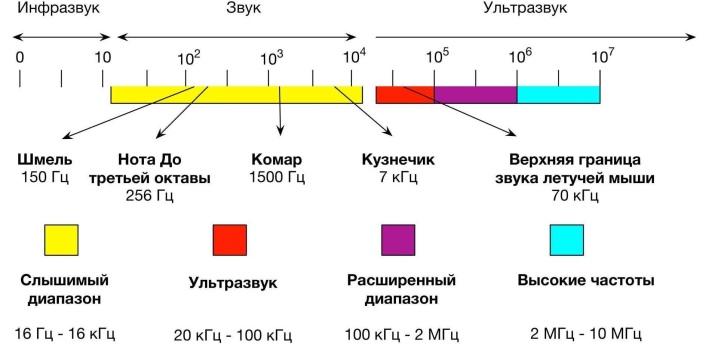
Myth 3
Lamps can change the sound.
We agree on many things here. Yes, radio tubes have their own tone of voice, so the developer, when making them, needs to have a lot of experience with such designs and knowledge of the principles of their operation. We assure you that in a quality resistor it will be quite difficult to capture one or another tonality.
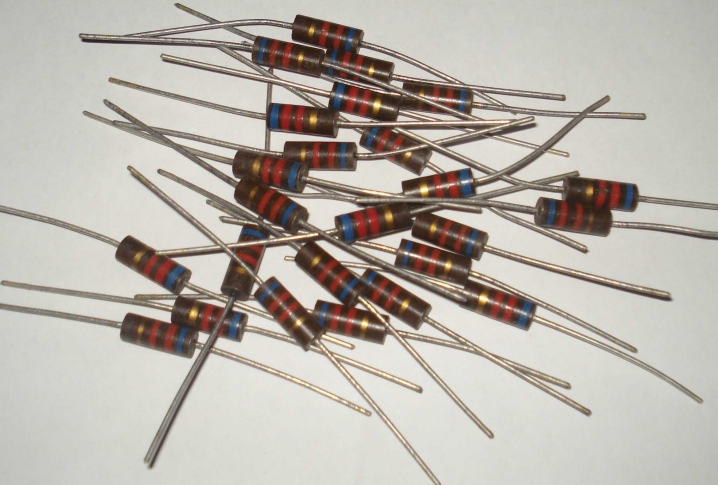
Myth 4
The price of a tube receiver is comparable to that of a car.
This is not entirely true, since a lot depends on the manufacturer: the more carefully and scrupulously he comes to creating his amplifier, the higher the cost of the product will be.
However, this does not mean that a budget lamp tube will sound bad.
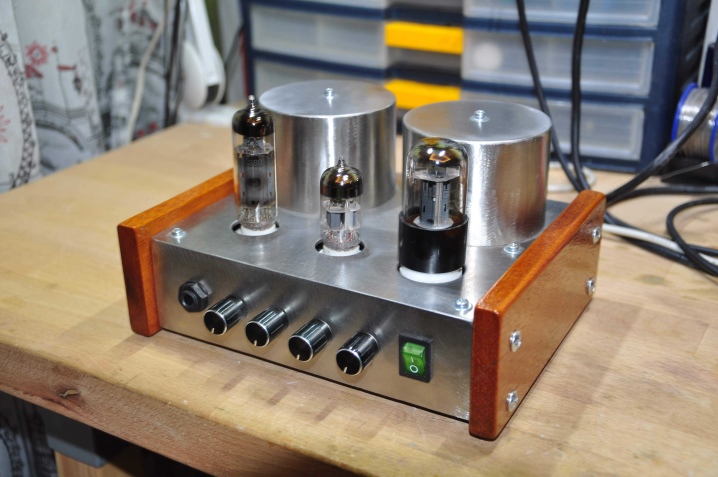
Tube amplifiers have many advantages; some facts speak in favor of such equipment.
- Relative simplicity of the design... The principle of operation of these devices is much simpler than that of inverter-type models, respectively, the possibility of repair and its cost in this case is much more profitable.
- Unique sound reproductiondue to a number of audio effects, including a large dynamic range, increased smooth transitions and pleasant overdrive.
- Short circuit resistance under the influence of temperature fluctuations.
- No hiss typical for semiconductor amplifiers.
- Stylish design, thanks to which any amplifier will harmoniously fit into a variety of interiors.
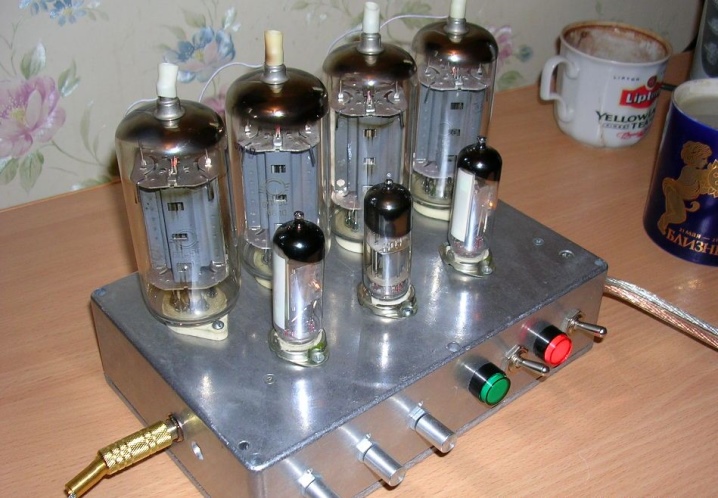
However, it cannot be said that the tube amplifier is the focus of some advantages. Lamps also have their disadvantages:
- impressive dimensions and solid weight, since the lamps are much larger than transistors;
- high level of noise during equipment operation;
- to reach the optimal operating mode of sound reproduction, the lamp needs some time to preheat;
- increased output impedance, this factor to some extent limits the range of use of acoustic systems with which tube amplifiers can be combined;
- less, in comparison with semiconductor amplifiers, linearity;
- increased heat generation;
- high power consumption;
- The efficiency does not exceed 10%.
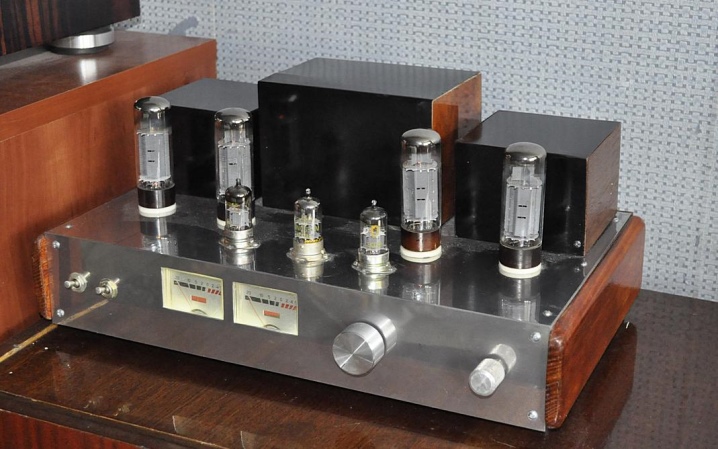
With so many shortcomings, tube amplifiers are far from ideal.
Nevertheless, the unique sonic coloration obtained with the use of such equipment largely compensates for all of the above disadvantages.
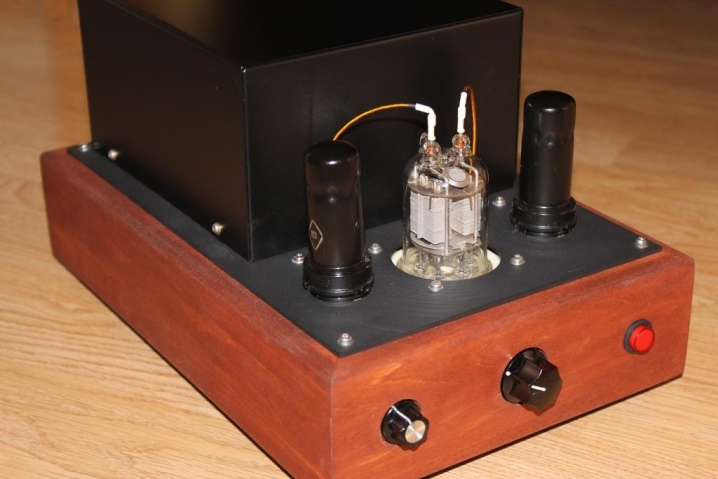
Principle of operation
Let's go back to the history of tube amplifiers. All of the above types of structures in one form or another have found their application in modern audio equipment. For many years, audio engineers have been looking for ways to use them and very quickly came to the understanding that the section of incorporating the screening grid of the pentode into the amplifier's operation circuit is exactly the instrument that can radically change the nature of its operation.
When the grid is connected to the cathode, a typical pentode regime is obtained, but if you switch it to the anode, then this pentode will work as a triode... Thanks to this approach, it became possible to combine two types of amplifiers in one design with the ability to change the operating mode options.
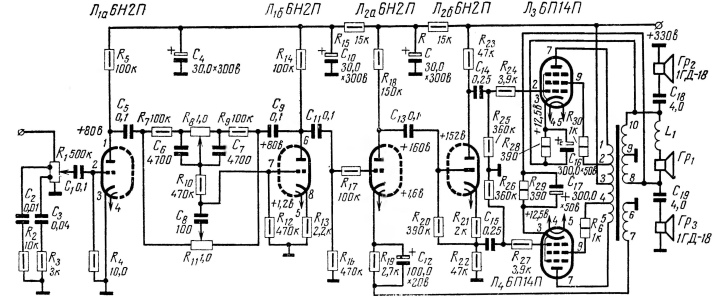
In the middle of the last century, American engineers made a proposal to connect this grid in a fundamentally new way, bringing it to the intermediate taps of the output transformer winding.
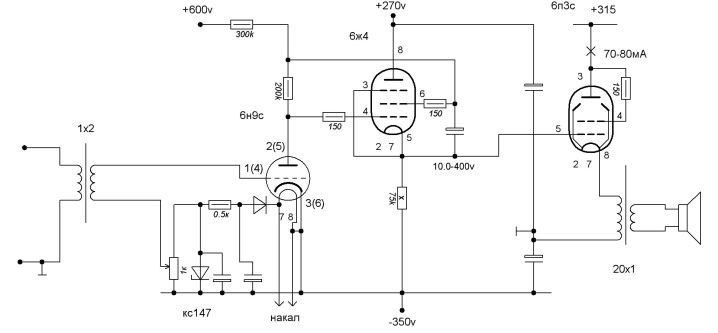
This type of connection can be called the golden mean between triode and pentode switching, since it allows you to combine the advantages of two modes.
So, with the modes of radio tubes, in fact, the same thing happened as before with the classes of amplifiers, when the connection of categories A and B served as an impetus for the creation of a combined class of type AB, which combined the best aspects of both previous ones.
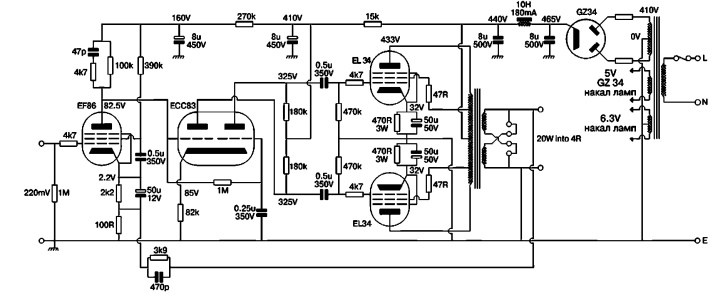
Species overview
Depending on the scheme of operation of the device, single-ended and push-pull tube amplifiers are distinguished.
One-cycle
Single-ended designs are considered more advanced in terms of sound reproduction quality. A simple circuit, a minimum number of amplifying elements, i.e. tubes, and a short signal path ensure the highest quality sound.
However, the downside is the reduced power output, which is in the 15 kW range. This makes the limitation in terms of the choice of acoustics rather strict, amplifiers are combined only with highly sensitive equipment, which is available in horn-type speaker systems, as well as in several classic models such as Tannoy, Audio Note, Klipsch.

Two-stroke
Compared to single-ended push-pull amplifiers sound a little rougher. However, their power is much higher, which makes it possible to work together with a large number of modern speaker systems.
This makes the push-pull amplifier practically universal.
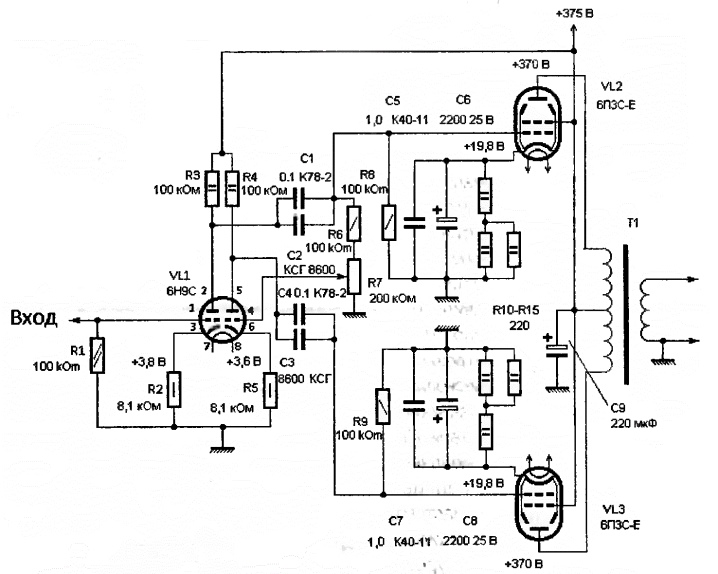
Top Models
Basically, users give preference to Japanese and Russian tube amplifiers. The top purchased models look like this.
Audio Note Ongaku has the following characteristics:
- integral stereo tube mechanism;
- power per channel - 18 W;
- class A.
According to user reviews, this Japanese resistor is considered one of the best on the market today... Of the shortcomings, only its high cost is noted, the price tag for the amplifier starts from 500 thousand rubles.
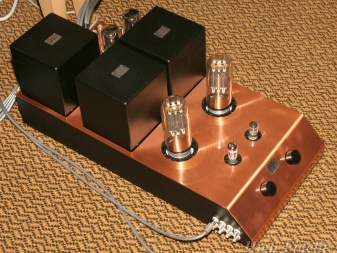
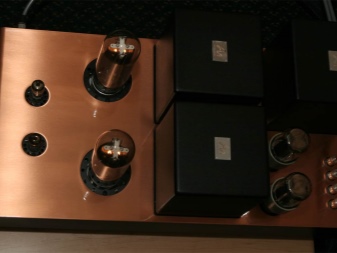
Magnat MA 600 has the following advantages:
- integral stereo tube mechanism;
- power per channel - 70 W;
- the presence of a phono stage;
- signal-to-noise ratio within 98 dB;
- control from the remote control.
The advantages of the equipment also include the presence of "bluetooth" and the ability to connect via USB.

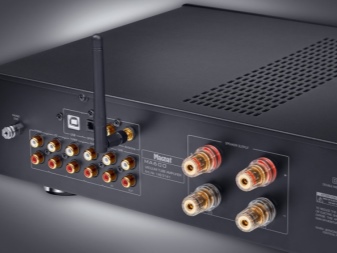
Some users note: after a couple of hours of operation, the system spontaneously turns off even if listening was carried out at 50% power, regardless of whether you were listening to music through headphones or through acoustics.
McIntosh MC275 includes the following options:
- tube resistor;
- power per channel - 75 W;
- signal / noise level - 100 dB;
- harmonic distortion rate - 0.5%.
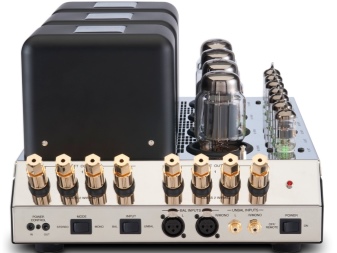
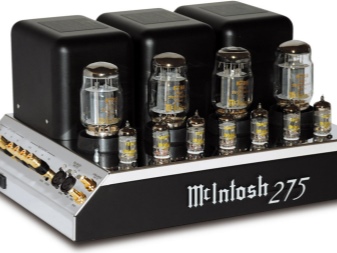
How to choose?
Today, the industry offers many tube-type devices, transformerless and hybrid models, three-way and two-way, low-voltage, low-frequency models intended for home and professional use can be found on sale.
In order to find the optimal tube amplifier for your speakers, you need to pay attention to certain factors.
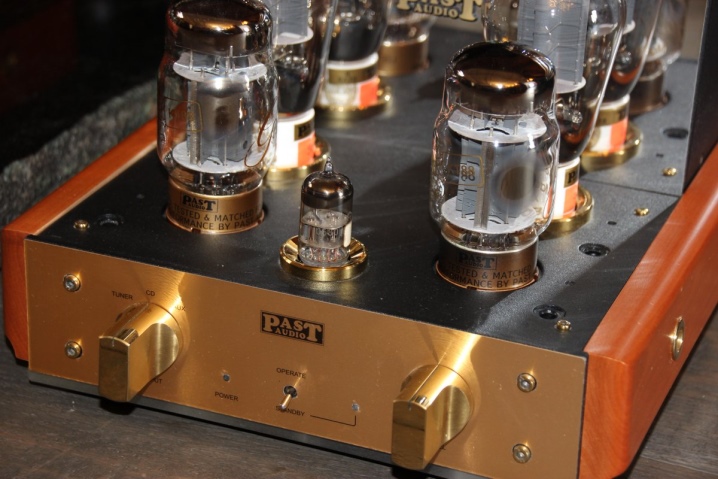
Power
For solving the problems facing the tube resistor, a suitable power parameter would be a level of 35 W, although many music lovers only welcome an increase in the parameter to 50 W.
However, it should be noted that the overwhelming majority of modern devices work perfectly even at a power of 10-12 watts.
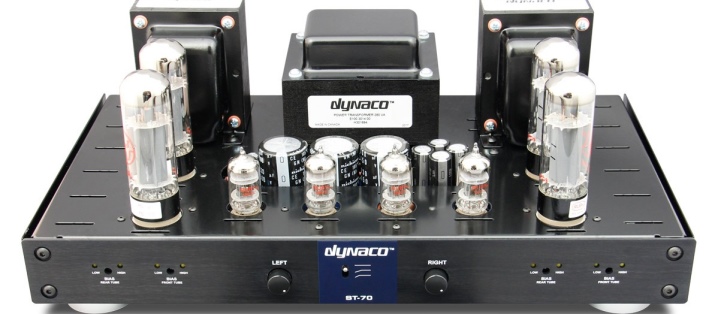
Frequency
The optimal range is considered to be from 20 to 20,000 Hz, since it is characteristic of human hearing. Today, almost all tube devices on the market have exactly such parameters, in the Hi-End sector it is not easy to find equipment that would not reach these values, nevertheless, when purchasing a tube amplifier, be sure to check in which frequency range it can sound. ...
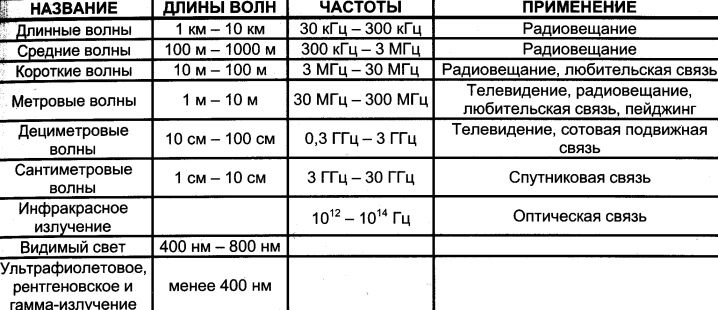
Harmonic distortion
Harmonic distortion parameters are of fundamental importance when choosing a device. Desirable so that the value of the parameter does not exceed 0.6%, and generally speaking, the lower this value is, the higher quality sound you will receive at the output.
Modern manufacturers strive to ensure a minimum harmonic distortion, for example, the most branded models give it at a level that does not exceed 0.1%.
Of course, the price of such high-quality products becomes incomparably higher in comparison with competitors' models, but for many music lovers, cost is often a secondary issue.
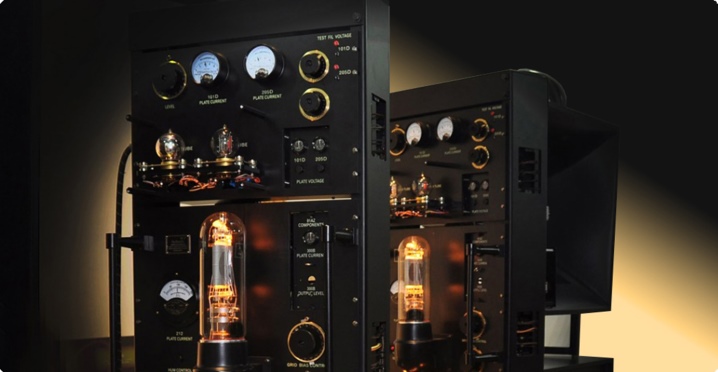
Signal to Noise Ratio
Most receivers maintain a signal-to-noise ratio within 90 dB, it is considered that the larger this parameter, the better the system works... Some manufacturers even give ratios where the signal is referred to noise with a ratio of 100.

Support for communication standards
This is an important indicator, but still a secondary one, you can pay attention to it only if if for all of the above indicators there are other equal parameters.
And, of course, when buying lamp equipment, some subjective factors play an important role, for example, design, build quality, as well as ergonomics and level of sound reproduction. In this case, buyers make a choice based on their personal preferences.
Choose an amplifier, the minimum possible load of which is 4 ohms, in this case you will have almost no restrictions on the parameters of the sound system load.
When choosing the output power parameters, be sure to take into account the dimensions of the room. For example, in a room of 15 sq. m there will be more than enough power characteristics of 30-50 W, but more spacious halls, especially if you plan to use an amplifier with a pair of speakers, you need a technique in which the power is 80 watts.
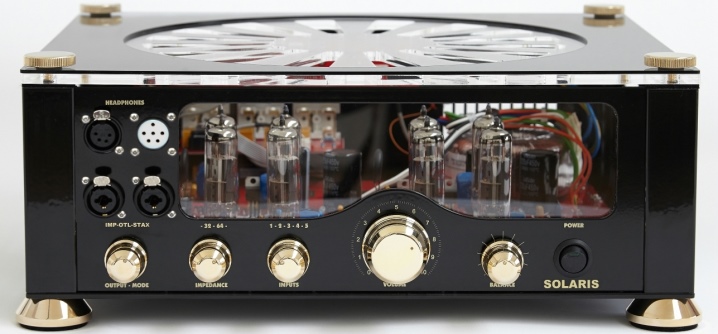
Customization features
In order to configure the tube amplifier, you need to acquire a special meter - a multimeter, and if you are setting up professional equipment, then you should additionally purchase an oscilloscope, as well as an audio frequency generator.
You should start setting up the equipment by setting the voltage parameters at the cathodes of the double triode, it should be set within 1.3-1.5V. The current in the section of the output of the beam tetrode should be in the corridor from 60 to 65 mA.
If you do not have a powerful resistor with parameters 500 Ohm - 4 W, then it can always be assembled from a pair of 2 W MLTs, they are connected in parallel.

All other resistors listed in the diagram can be taken of any type, but it is better to give preference to the C2-14 models.
Just as in the preamplifier, the separating capacitor C3 is considered the base component, if it is not at hand, then you can take Soviet film capacitors K73-16 or K40U-9, although they are slightly worse than imported ones. For correct operation of the entire circuit, the data is selected with a minimum leakage current.
How to make a tube amplifier with your own hands, see below.













The comment was sent successfully.